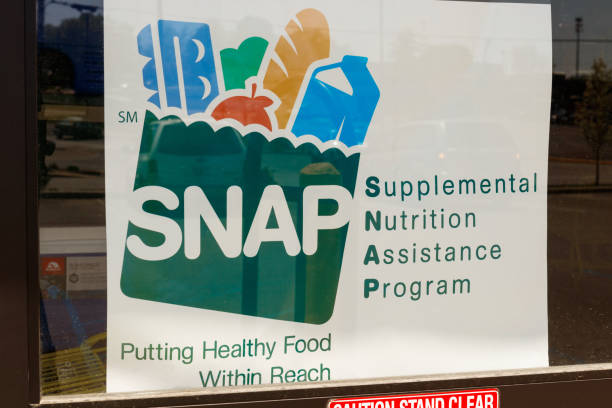The new SNAP job requirements went into effect on September 1, but there might be further adjustments in the following agricultural bill in 2023.

As pandemic-era emergency allotments expired in March, SNAP suffered its worst reduction ever.
Changes to SNAP were permitted as part of the debt ceiling agreement reached earlier this year
In a recently published article from Go Banking Rates, on October 1, the age threshold will be raised to 52, and again in 2024, to 54. Exempt are homeless persons, veterans, and adults aged 18 to 24 who have aged out of foster care. As pandemic-era emergency allotments expired in March, SNAP suffered its worst reduction ever; these additional job restrictions may exacerbate those losses. “We’re hearing from a lot of the pantries we work with, and they’re seeing lines that are 30-40% longer in the last several months,” said Eddie Oliver, executive director of the Federation of Virginia Food Banks.
The farm bill has 12 titles and is one of the most important safety nets for American farmers. The nutrition component, however, accounts for almost 80% of the bill’s spending and aids in the management of nutrition assistance programs such as SNAP, according to NPR.
Do SNAP recipients have to work full-time?
In a recently published article from Yahoo Finance, Lawmakers on both sides want to increase or limit access to food stamps, and some members of Congress have suggested issues they want to discuss in discussions, such as expanding the 90-day limit to additional beneficiaries. According to Successful Farming, House Republicans want to extend the 90-day ban on food stands to a larger proportion of SNAP participants.
Sens. Cory Booker (D-NJ) and Marco Rubio (R-FL) presented the SNAP Nutrition Security Act, which would force the USDA to track and report on what SNAP recipients buy. While many public health organizations favor it, advocacy groups are concerned that the data will be used to limit sales.
READ ALSO: U.S. Open Implements New Protocol: Partially Closing Roof To Combat Heat And Humidity











